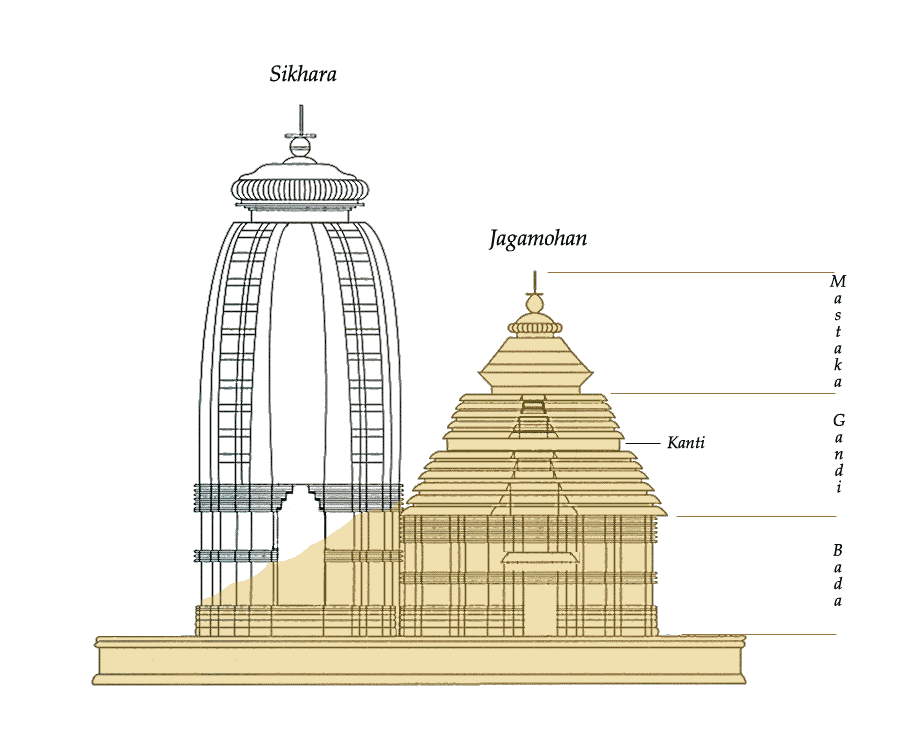




The Sun Temple in Gwalior stands as a remarkable testament to modern architectural brilliance and spiritual devotion. Constructed in 1988 by the renowned industrialist G.D. Birla, this temple represents a profound connection between contemporary design and ancient architectural traditions. Its unique structure, inspired by the legendary Konark Sun Temple, transforms sacred architectural principles into a stunning modern interpretation.
The temple's design is a masterful representation of Hindu cosmological symbolism. Shaped like a magnificent chariot pulled by seven horses—representing the seven days of the week—and adorned with 24 intricate wheels symbolizing the hours of the day, the architecture speaks a profound visual language. The use of red sandstone and white marble creates a striking visual harmony that captivates visitors and reflects the sophisticated aesthetic sensibilities of its creators.
Dedicated to Lord Surya, the Sun God, this temple is more than just an architectural marvel; it is a spiritual sanctuary that embodies deep cultural traditions. The interior houses 365 meticulously crafted idols of Hindu deities, each representing a day of the year, creating a comprehensive visual narrative of temporal cycles and divine interconnectedness. This symbolic complexity transforms the temple from a mere place of worship into a sophisticated philosophical statement.
The Birla family's involvement in the temple's construction extends beyond mere architectural patronage. Their long-standing tradition of establishing temples across India reflects a broader commitment to preserving and promoting cultural heritage. The Sun Temple in Gwalior emerges not just as a religious structure but as a cultural landmark that bridges traditional spiritual practices with contemporary architectural expression.
Cultural significance permeates every aspect of the temple's design and function. Thousands of devotees are drawn annually to this spiritual space, seeking solace and connection with divine energies. The temple's ceremonies and architectural elements serve as a living testament to the enduring power of Hindu spiritual traditions, seamlessly blending mythological narratives with modern architectural sensibilities.
The socio-cultural context of the temple's creation is equally fascinating. Emerging during a period of significant social and economic transformation in India, the Sun Temple represents more than a religious structure—it symbolizes the evolving relationship between industrial prosperity, cultural preservation, and spiritual exploration. The Birla family's patronage reflects a nuanced understanding of cultural continuity in a rapidly changing society.
Architecturally, the temple is a remarkable fusion of traditional design principles and contemporary architectural techniques. The intricate sculptures, the precise geometric proportions, and the thoughtful integration of natural light demonstrate a sophisticated approach to sacred space design. Each element, from the exterior's bold architectural lines to the interior's delicate sculptural details, contributes to a holistic aesthetic experience.
Visiting the Sun Temple offers more than a religious experience; it provides a profound journey into India's rich cultural landscape. Located in the heart of Gwalior, the temple invites visitors to explore the intricate relationships between spirituality, architecture, and cultural memory. Its open accessibility and welcoming atmosphere make it a significant cultural destination that transcends religious boundaries.
Discover more attractions within 50km that might interest you

Varanasi, Uttar Pradesh
Sacred Buddhist Site Where Buddha Delivered His First Sermon

Khajuraho, Madhya Pradesh
Ancient temples narrating tales through exquisite stone sculptures